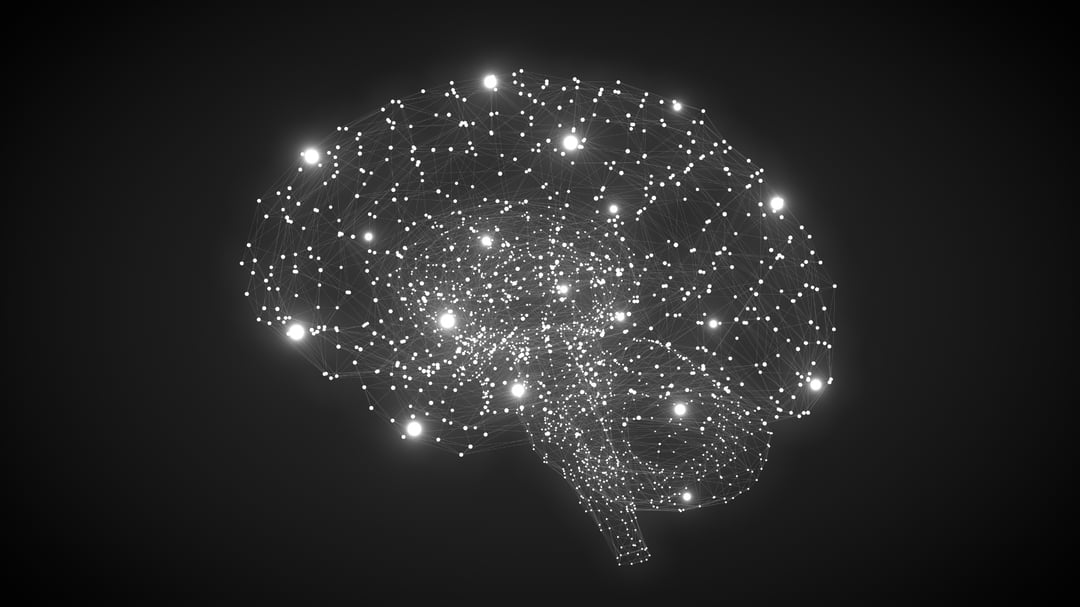When I was a child, my teachers thought I was a lost cause. It was the 1950s, long before people understood the complex range of learning difficulties students could suffer, and I was diagnosed with a “mental block.” My parents were told not to expect too much of my schooling, and I spent as much time out of the classroom as I could. I hid in the bathroom, avoiding my teachers’ frustration and my own, which often saw me break down in tears. I was an anxious, depressed child – even, at times, suicidal. I struggled to grasp meaning in the material I was getting at school, and in everyday conversation. It was like living in a fog. Thanks to my mother’s dedication, my father’s encouragement and my own doggedness, I managed, by working twice as hard as most students, to get through school. I did it mostly through rote learning – I never really understood the material. When I finally made it to university and a master’s degree in school psychology, I began to understand that what I had was not a mental block. I knew I had a learning difficulty, yet my teachers said there was no way I could be in graduate school if that was the case. There was no concept then that you could have learning difficulties while also being intellectually gifted. I was determined to find a solution to my problem. When I first began developing the cognitive exercises in 1978 that would become the basis of the Arrowsmith Program, I was feeling my way in the dark, guided only by a story I’d read of a soldier who suffered from a brain injury. Russian neuropsychologist Alexander Luria wrote the story of his patient, who had lost the ability to comprehend his world and was living in a mind filled with confusion. I recognised myself in his symptoms and realised that my problem was a brain that wasn’t functioning properly. At the same time, I was learning about cutting-edge research in neuroplasticity – the idea that we can change the brain, remodelling and reorganising it long past childhood. This was the 1970s, and people still believed the brain was fixed and unchangeable once childhood was over. But psychologist Mark Rosenzweig’s work with rats in his lab at the University of California, Berkeley, showed that changes in the rats’ environment could change the nature of their brains. Rosenzwieg threw down a challenge: could this happen in humans, too?
I began by using Luria and Rosenzweig’s research to design exercises to overcome my own learning difficulties. After months of diligent, repetitive drilling, adding complexity to each of the exercises as I progressed, my own fog began to lift. The fractured and fragmented pieces of myself started to cohere into a whole human being. I was a different person, the product of human neuroplasticity.
Almost half a century later, we know for certain that humans can change their brains. Why, then, do we still treat children with learning difficulties as though they have to live with those obstacles all their lives?
Most programs assisting students with learning difficulties identify their weaknesses, teach to their strengths and tailor the content to suit their abilities, offering extra instruction to help them catch up with their peers in core skills like reading and maths. They measure results in terms of improved academic performance, and very often these teaching methods do improve a child’s performance.
Arrowsmith, named after my pioneering grandmother, works differently. By using cognitive programs, our goal is to address the brain itself. We work underperforming areas, using repetitive exercises that work the brain like a muscle in the gym, focusing on those core cognitive abilities such as reasoning, memory, problem solving and those that underpin literacy and numeracy, as well as emotional intelligence and practical everyday competencies. We measure the results in academic outcomes, but also in cognitive outcomes, carefully evaluating each student’s progress as they move through the program.
The Arrowsmith Program is running in several schools and educational organizations around the world. Michael Juliff, Co-ordinating Principal at the Holy Trinity Schools in Melbourne, Australia has said that in his 40 years of teaching, he has never seen anything like the results students have achieved with Arrowsmith. Instead of just trying to make up a deficit in students’ skills, he says “we now have kids with the capacity to reach their full potential.”
Parents have been delighted and relieved to see their children’s academic performance improve, but most of all they have been overwhelmed to see their once-anxious children become happy, confident learners.
What we have discovered over the past four decades in our real-world lab at the Arrowsmith School in Toronto, Canada, and in 90 classrooms around the world, has been reflected by multiple research studies performed at several universities in four countries.
Independent researchers studying Arrowsmith’s programs have discovered what we see every day: that with tailored, targeted cognitive training, people with learning difficulties see real improvements in cognition, academic performance, emotional intelligence, social relationships, and wellbeing. Imaging research is now showing how students’ brains have changed, revealing improved connectivity within and between networks critical for learning. These changes support more efficient processing and better engagement in the world.
The results have been presented at professional conferences and published in academic journals and we hope this prompts other researchers to study what we do, so that we can understand even more about the difference cognitive training can make – not just to academic performance, but to people’s lives, their relationships and their whole sense of wellbeing.
I have come full circle, from the child who saw no hope in her future to someone who has been able to help deliver relief to thousands of children who are struggling, just as I was. The hypothesis I came up with all those years ago – that if we could change a student’s brain, we would see changes in critical capacities required for learning, achievement and wellbeing – has been validated by experience, and by independent research. My dream is to make this kind of work accessible to all those suffering with learning difficulties. We all have a brain and through utilizing the principles of neuroplasticity, we can change our reality and transform our future.
View Arrowsmith Program 40 Years Timeline

June 14, 2020


